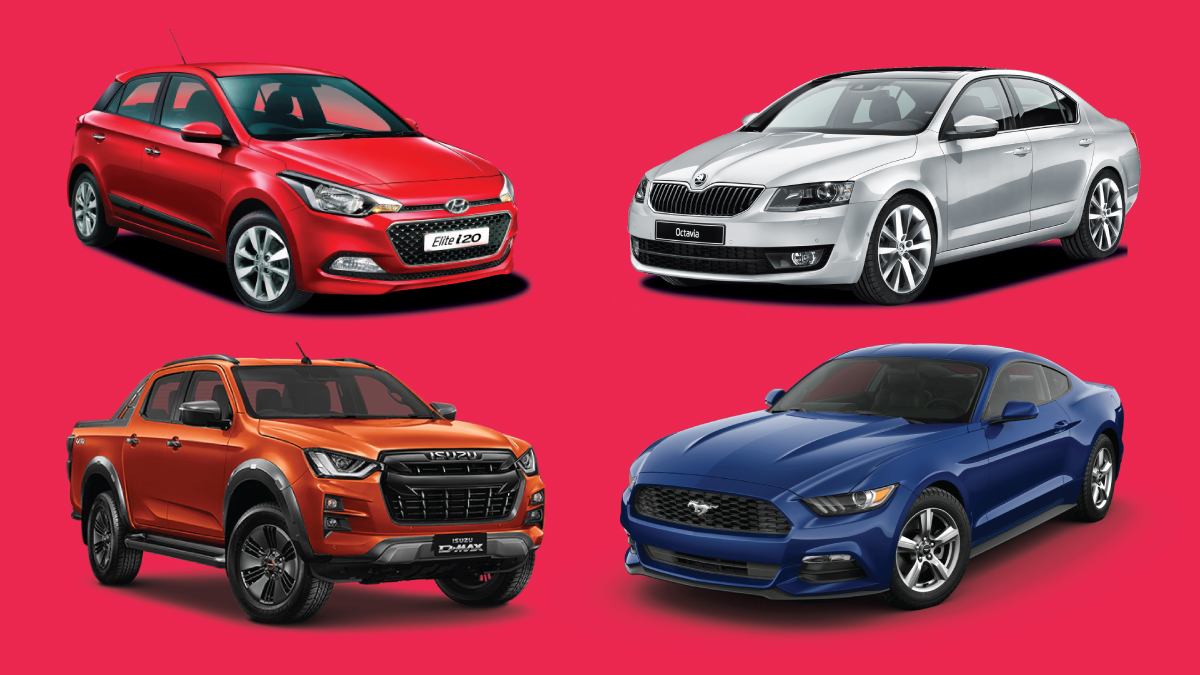Like any other topic, the automotive sector appears more complex the more closely you examine it. There are still twelve primary varieties of vehicles, each with its lineup of sizes and subclasses, even though some car body shapes have lost popularity in the 21st century.
Manufacturers constantly strive to characterize automobiles in a way that makes them seem as hip and desirable as possible—sometimes using phrases in ways that don’t suit their original meaning. Traditionally, these categories’ names have been derived from their functions and qualities.
SUV
SUVs are the most common body type and are coveted for their adaptability. Sport utility vehicles, like other car categories, have a complicated past. The majority of SUVs are now unibody cars like sedans and hatchbacks.
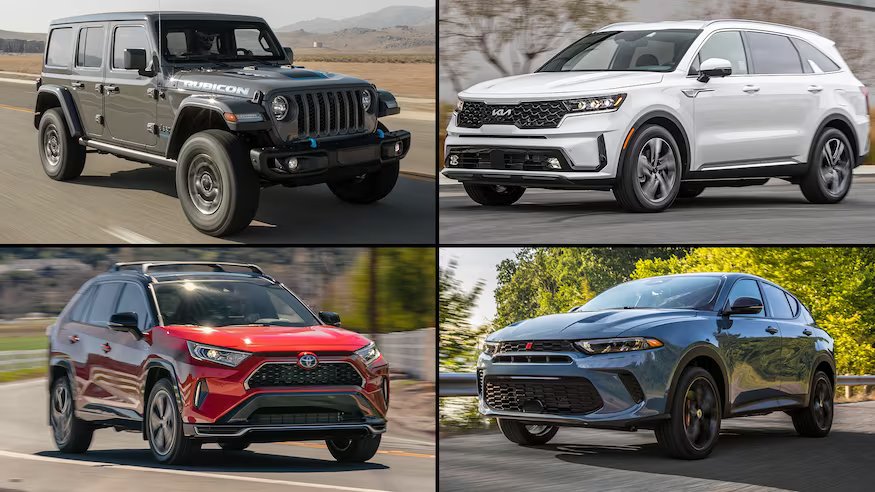
Initially truck-based, full-frame vehicles meant primarily to traverse difficult terrain and hold loads of cargo (leaving ride refinement and luxuries for other styles), SUVs have evolved into unibody cars. Nonetheless, these early SUVs’ go-anywhere spirit still infuses their current look.
Although body-on-frame SUVs still exist, the most popular SUVs nowadays (crossovers) contain many features and provide improved on-road comfort.
Sedan
The four-door sedan was the most common car type before crossover SUVs dominated the road. Sedans often have a three-box layout, with the engine up front, the interior in the middle, and the trunk at the back.
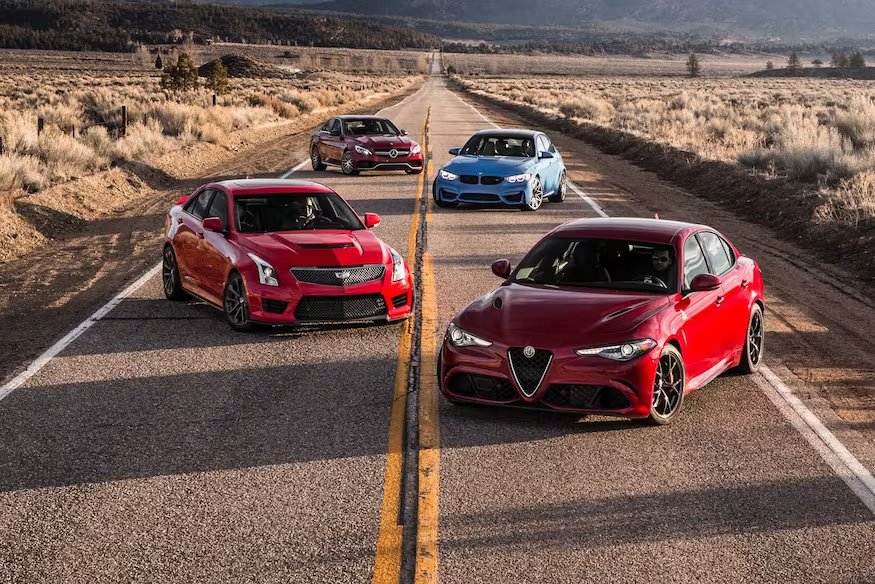
If you ask someone born before 2008 to draw a generic car, they’ll probably give you something that looks like this. Despite the popularity of SUVs overtaking sedans, some still exist, particularly ones that are inexpensively sold to fleets or have great performance.
Pickup Trucks
Truck models outsell SUVs in the United States, even those with variations on the road. Pickup trucks have historically been work vehicles that could transport a team to a working site and carry all of their equipment in an open bed behind the cab.
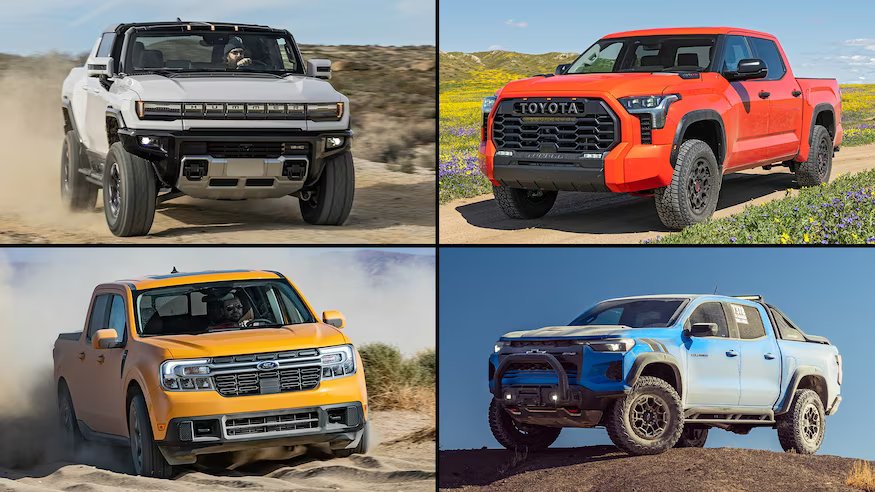
Pickups developed into a representation of grit and pragmatism that more people wanted to be associated with, much as SUVs gained a reputation for adventure. The most common vehicle types today are pickup trucks, which offer significantly improved efficiency, comfort, and capability than their predecessors and come in family-friendly quad-cab body styles.
Coupe
In the past, two-door coupes were the sportier, more fashionable alternative to four-door sedans for families. As the market shifted toward bigger automobiles in the twenty-first century, the frequently more attractive but less useful coupes lost favor to the point where performance cars were the only remaining specimens.
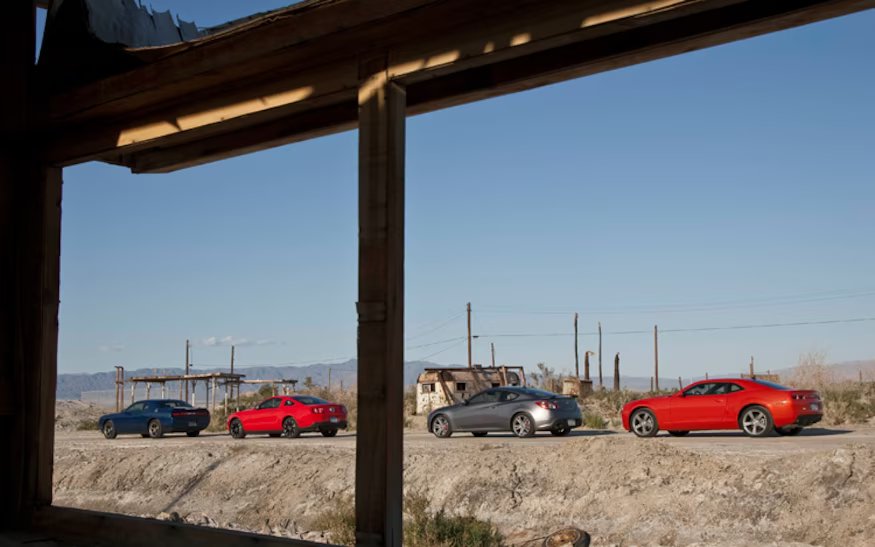
High-performance automobiles have typically been coupes because two-door cars are typically stiffer and lighter. All types of automobiles—muscle cars, sports cars,
, and grand tourers—started with two doors, and other layouts are hardly ever used nowadays.
Automobile manufacturers occasionally refer to SUVs and four-door sedans with more rakish, sporty, and sleek rooflines as “coupes.”
Van
Vans are the reverse of coupes in that they prioritize functionality over aesthetics. These workhorses range from luxuriously comfy minivans to freight vans with a frame. Before the development of the SUV, the latter was the preferred family car.
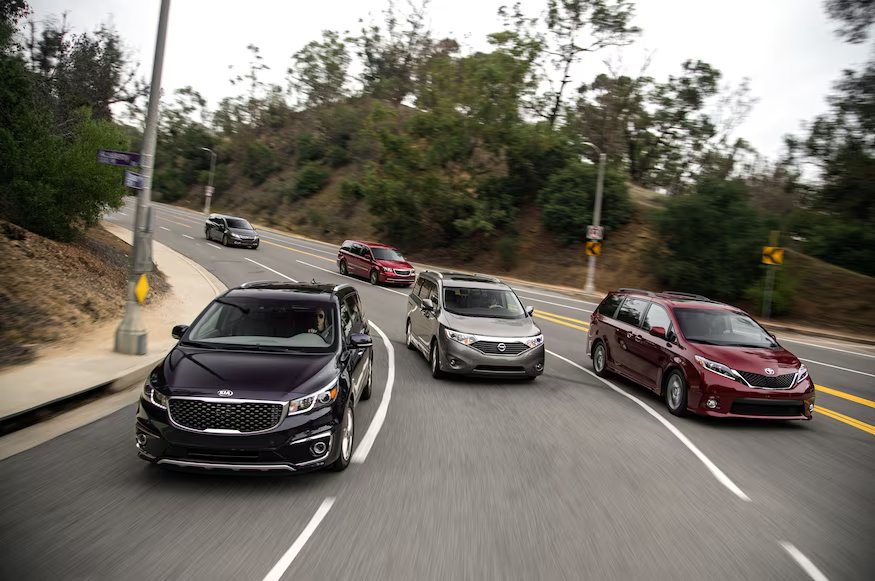
These vehicles are excellent for transferring people and equipment because of features like sliding doors and foldable or reconfigurable seating. They generally maximize their footprint, which results in a distinct aesthetic all their own.
Hybrid
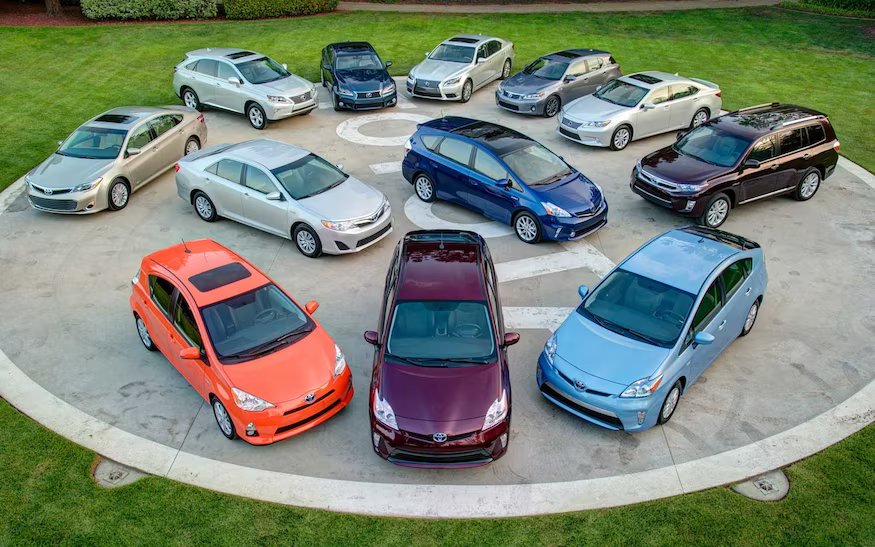
Electric Car (EV)
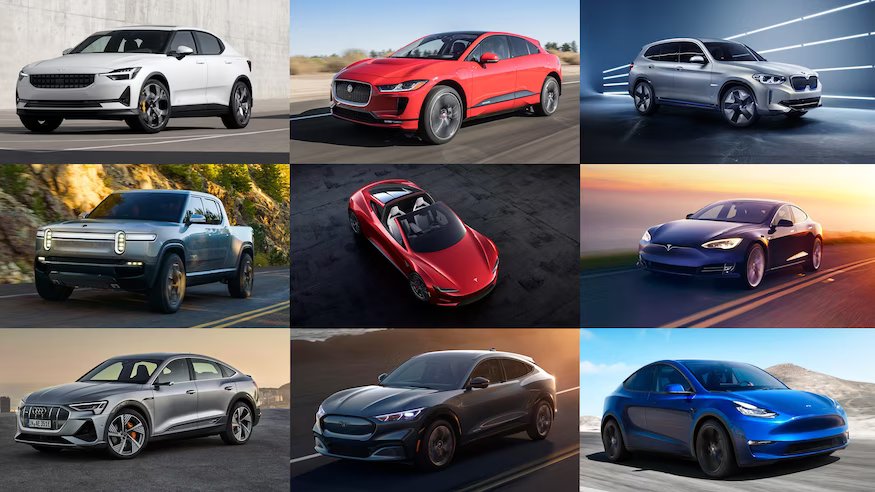
Hatchback
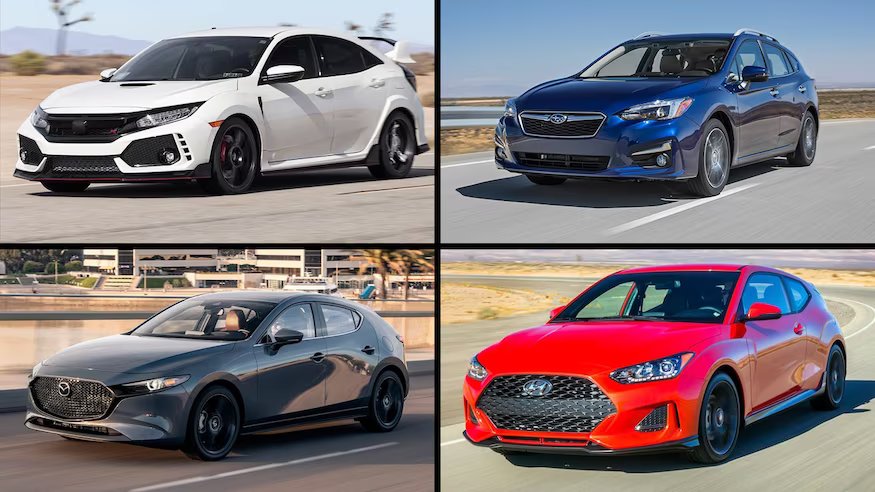
Luxury SUV

Luxury Car
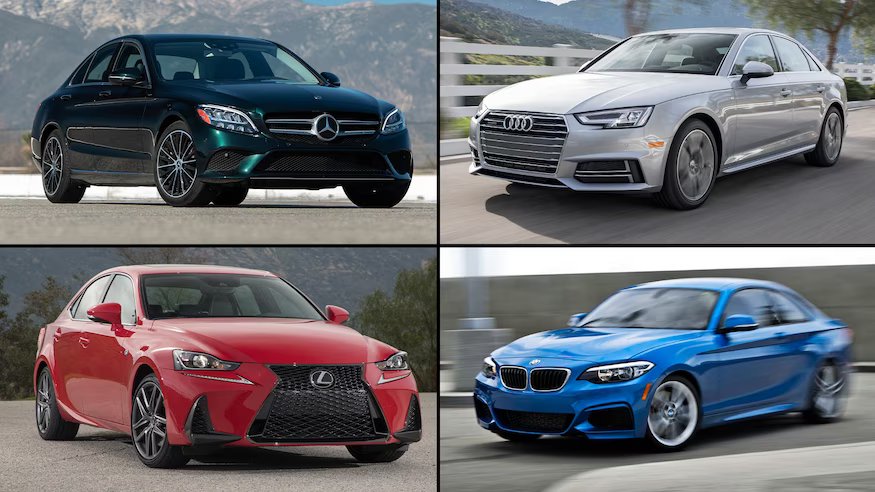
Sports Car
Everyone needs a way to move, but many people want that way to also move their hearts. Sports cars are designed and constructed to make their drivers happy (and onlookers). There is no way for more sensible automobiles to match that thrill. Accessible sports cars still exist, even though their quantity has decreased.
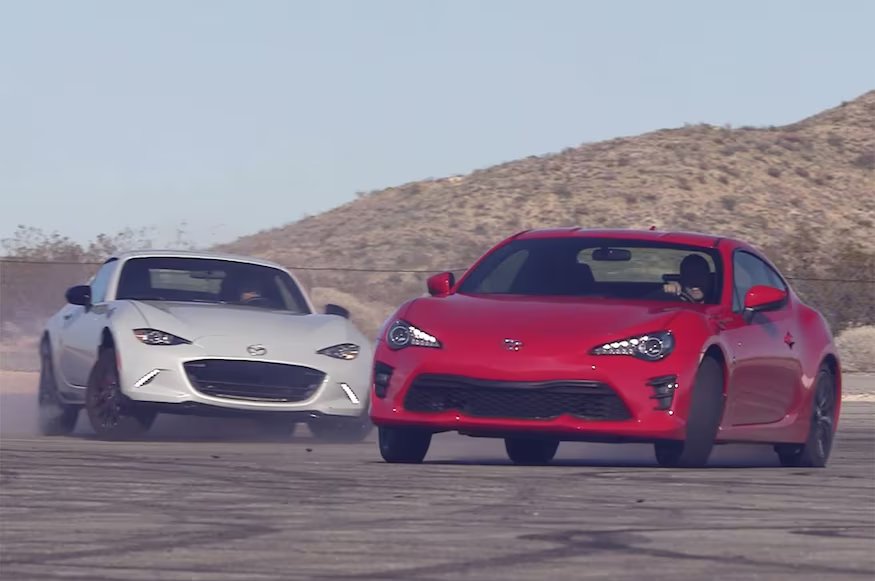
Although they only make up a small portion of the market overall, these cars can be further classified into cars that suit drivers’ preferences. Muscle vehicles bring down the hammer with force and attitude, classic sports cars are light and agile scalpels, and supercars exhibit extremes of performance and desirableness.
Convertible
When the weather permits, you may stow the roof and drop the top on this type of car to enjoy the breeze in your hair. Others with folding hard tops use sheet metal origami to let the sunshine in. Some convertibles use a regular fabric or vinyl roof.
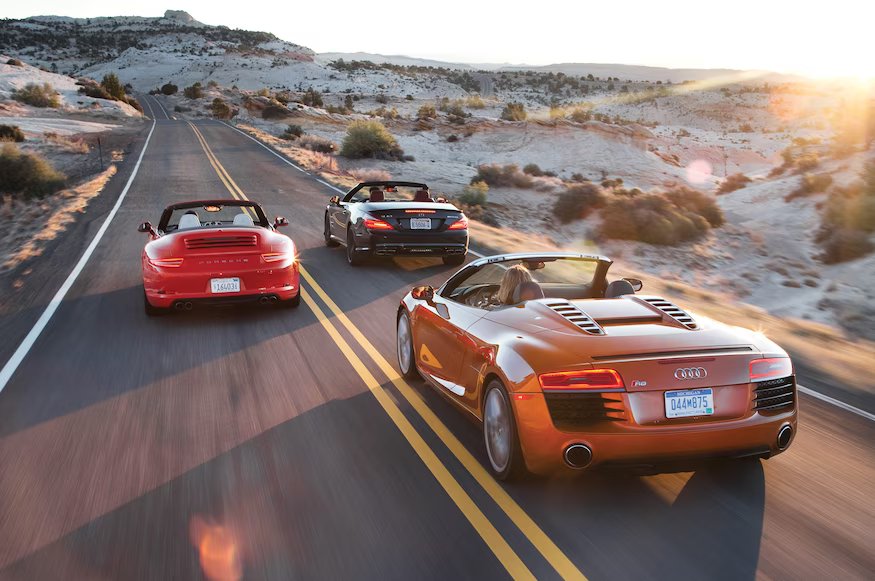
Two-door and sports cars are the most popular automobile types with convertible tops, while there are also some SUVs and pickup trucks with soft tops that can be folded down.

